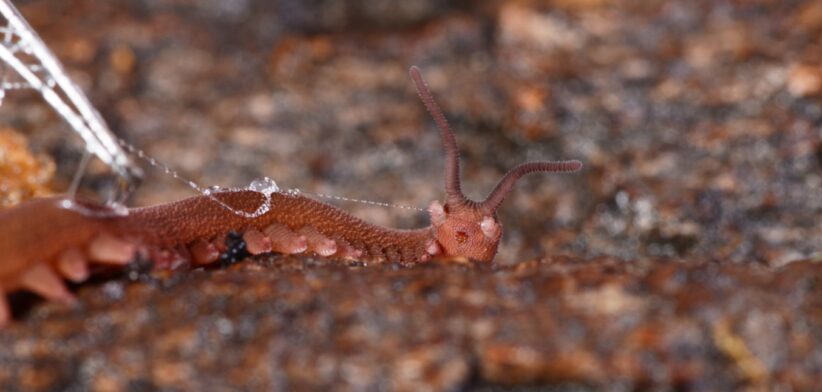An Australian worm that uses slime to capture prey, then recycles it, could revolutionize sustainable material design.
Researchers at McGill University, in Canada, have unlocked the process which allows the velvet worm to transform its slime from liquid to fibre and back again.
Professor Matthew Harrington said it was a discovery that could inspire next-generation recyclable bioplastics.
“Nature has already figured out a way to make materials that are both strong and recyclable,” Professor Harrington said.
“By decoding the molecular structure of velvet worm slime, we’re now one step closer to replicating that efficiency for the materials we use every day.”
He said velvet worms, small caterpillar-like creatures found in humid forests of Australia and other southern hemisphere countries, used their slime to capture prey.
“When ejected, the slime rapidly hardens into fibres as strong as nylon. The slime dissolves in water and can be reconstituted into new fibres.”
Professor Harrington said, until now, the molecular mechanism behind this reversibility remained a mystery.
He said using protein sequencing and AI-driven structure prediction the team identified previously unknown proteins in the slime that functioned similarly to cell receptors in the immune system.
“(We) believe the receptor proteins function to link large structural proteins during fibre formation.”
Read the full study: Conserved leucine-rich repeat proteins in the adhesive projectile slime of velvet worms.








